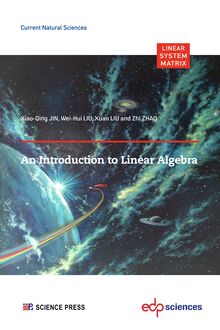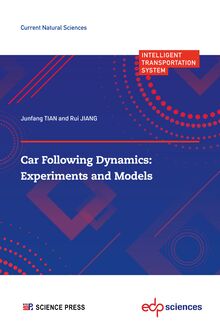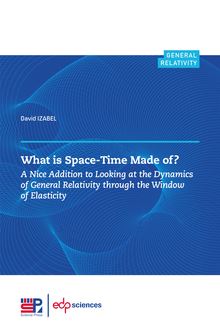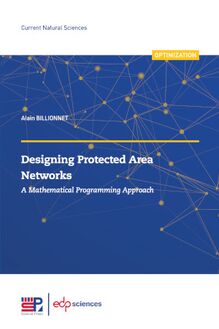Li-ion Batteries , livre ebook
430
pages
English
Ebooks
2022
Obtenez un accès à la bibliothèque pour le consulter en ligne En savoir plus
Découvre YouScribe en t'inscrivant gratuitement
Découvre YouScribe en t'inscrivant gratuitement
430
pages
English
Ebooks
2022
Obtenez un accès à la bibliothèque pour le consulter en ligne En savoir plus
Publié par
Date de parution
06 janvier 2022
Nombre de lectures
1
EAN13
9782759825677
Langue
English
Poids de l'ouvrage
47 Mo
Grâce à l’amélioration de leurs performances et la diminution de leur coût de fabrication, les accumulateurs au lithium initialement commercialisés en 1991 par SONY pour alimenter les équipements portables, jouent désormais un rôle-clef dans le développement massif attendu de la mobilité électrique.
Connectées au réseau électrique via les véhicules électrifiés dans lesquels elles seront embarquées, les batteries au lithium seront de surcroît utilisées comme moyen massif de stockage tampon des énergies renouvelables, ainsi que comme outils de soutien au réseau (effacement des heures de pointe, régulation de fréquence…), permettant, au-delà de leur fonction première (assurer la mobilité du véhicule), de démultiplier leur utilité.
Ces évolutions vont profondément transformer nos sociétés, et permettre non seulement de réduire très significativement les émissions de CO2 et la consommation d’énergies fossiles (pétrole, gaz, charbon), mais également, si elles sont conduites et coordonnées efficacement, de contribuer à la croissance économique.
Le développement de la mobilité électrique offre ainsi une opportunité unique de faire coïncider des exigences légitimes de protection de l’environnement avec des objectifs de développement industriel.
Cet ouvrage a pour objectif d’offrir au lecteur une vue d’ensemble des technologies d’accumulateurs au lithium, de fournir un état des lieux des initiatives en cours dans le monde, et de dresser quelques perspectives pour l’avenir.
Chercheurs au CEA et au CNRS, les auteurs de cet ouvrage disposent, tous, d’une expertise fondée sur plusieurs années d’expérience dans le développement des filières d’accumulateurs au lithium et des filières post lithium-Ion, sur l’ensemble des éléments de la chaîne de la valeur, depuis le design et la synthèse des matériaux d’électrodes, jusqu’à l’intégration dans le véhicule.
Publié par
Date de parution
06 janvier 2022
Nombre de lectures
1
EAN13
9782759825677
Langue
English
Poids de l'ouvrage
47 Mo














